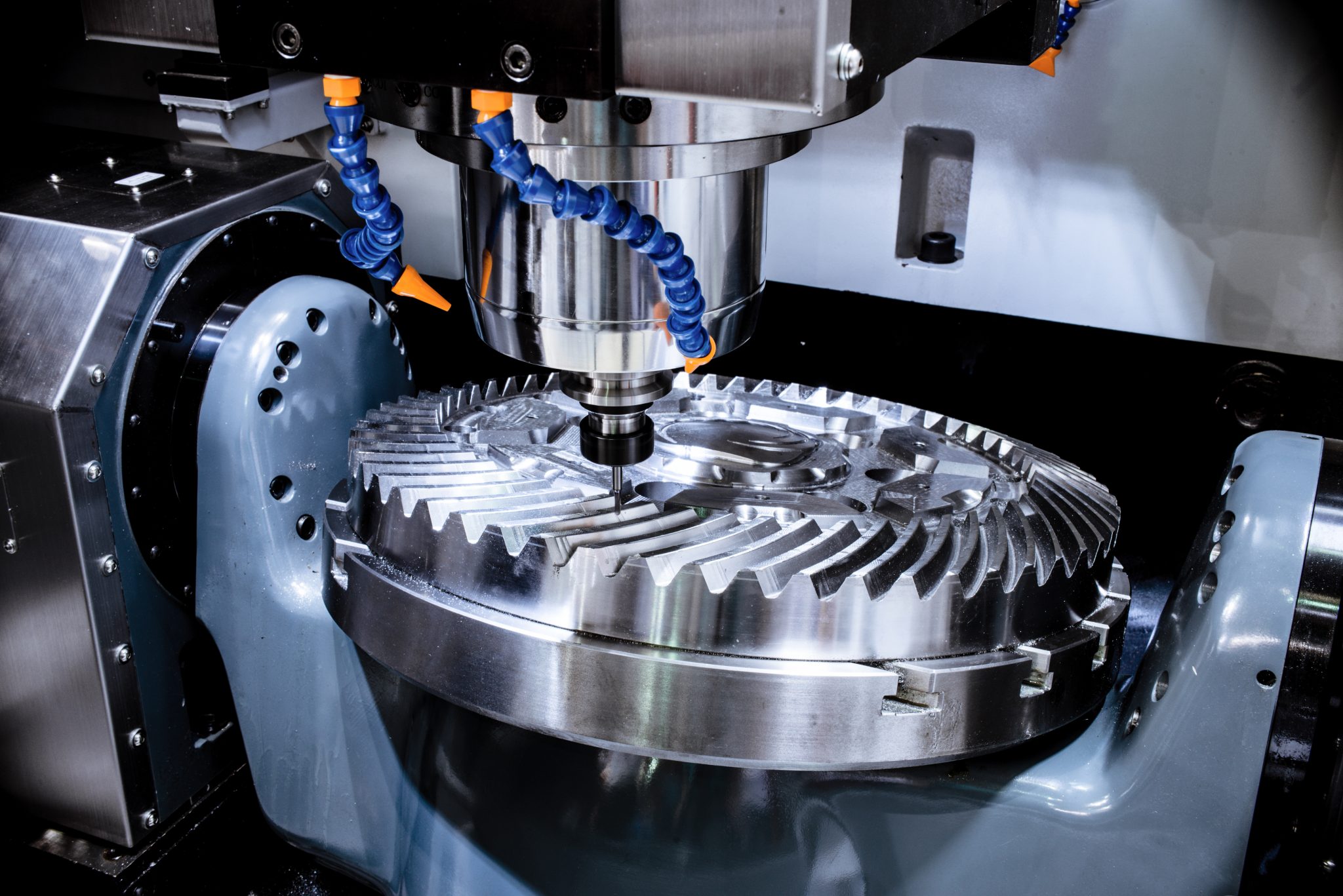The Role of Fasteners and Machining in High-Quality Product Design
The Role of Fasteners and Machining in High-Quality Product Design
Blog Article
Mastering the Art of Fasteners and Machining: Innovations and Best Practices
In the realm of industrial production and design, the mastery of bolts and machining is a cornerstone of ensuring architectural honesty, capability, and durability in numerous applications. As modern technology breakthroughs and needs for effectiveness and precision increase, remaining abreast of the most recent innovations and ideal techniques in attachment and machining comes to be important. From the evolution of fastening technologies to the details of picking the most suitable products, the landscape of contemporary manufacturing is continuously evolving. Join us as we discover the most current developments and explore the nuanced world of grasping fasteners and machining, revealing crucial insights and approaches that can raise your approach to design solutions.
Development of Fastening Technologies
Throughout the industrial change and into the contemporary era, the development of attaching technologies has actually been marked by continuous improvements in performance and reliability. Bolts, such as screws, rivets, and screws, play an important duty in various industries, including automobile, aerospace, building and construction, and electronics. The need for stronger, a lot more sturdy, and easier-to-install fastening options has driven development in the field.
One considerable growth has actually been the shift towards accuracy machining techniques to create fasteners with higher tolerances and remarkable efficiency. This change has actually enabled producers to create fasteners that meet rigid top quality requirements and offer boosted resistance to rust and tiredness.
In addition, the intro of innovative materials, such as titanium alloys and compounds, has reinvented the abilities of fasteners. Fasteners and Machining. These materials offer phenomenal strength-to-weight ratios, making them suitable for applications where lowering weight is essential without compromising structural honesty
Advancements in Machining Methods
In the realm of commercial production, the continual development of machining approaches has led the method for unprecedented accuracy and efficiency in the production of fasteners. This specific control allows manufacturers to produce complex and elaborate fastener styles with ease.

Additionally, the fostering of multi-axis machining centers has made it possible for synchronised reducing operations from various angles, further enhancing performance and decreasing manufacturing times. By utilizing these innovative machining techniques, producers can meet the increasing need for top quality bolts while preserving cost-effectiveness in their operations.
Picking the Right Fastener Materials
Choosing the appropriate product for fasteners is an important decision that dramatically affects the performance and longevity of the constructed elements. When choosing the appropriate fastener product, a number of factors must be considered to make sure the resilience and integrity of the final item. The material picked must be compatible with the ecological conditions the bolts will be subjected to, such as temperature level variations, moisture degrees, and corrosive aspects.
Common materials made use of for fasteners include stainless steel, carbon steel, light weight aluminum, and titanium, each offering unique buildings that match various applications. Stainless steel, for instance, is recognized for its rust resistance, making it excellent for outside or marine atmospheres. Carbon steel is a cost-effective choice ideal for several general-purpose applications. Aluminum is light-weight and often used in markets where weight is a critical factor. Titanium, on the other hand, is corrosion-resistant and remarkably solid, making it ideal for high-performance applications.
Enhancing Accuracy in Machining
Attaining optimum precision in machining is essential for making certain the quality and performance of machined parts. Precision in machining describes the capacity to regularly generate parts within limited tolerances and with high accuracy. To boost precision in machining, makers employ a range of advanced methods and technologies. One trick technique is making use of Computer Numerical Control (CNC) equipments, which offer premium accuracy and repeatability contrasted to conventional manual machining methods. CNC equipments are programmable and can perform intricate machining procedures with minimal human intervention, resulting in greater precision levels.
In addition to CNC machining, the usage of innovative cutting devices and tool owners can also significantly improve precision. By prioritizing accuracy in machining, site web makers can achieve exceptional product top quality, tighter tolerances, and enhanced total performance of machined components.

Ideal Practices for Fastener Installation
Accuracy in machining plays a crucial duty in making certain the reliability and longevity of bolt installments. When it comes to ideal methods for fastener installment, one crucial element is the proper option of fasteners based on the specific application demands.
Additionally, guaranteeing that the bolt threads are totally free and clean of particles prior to installment is important to accomplishing a secure and reliable connection. Utilizing thread-locking substances or washing machines can likewise enhance the security of the fastener setting up. Regular inspections and upkeep of bolts post-installation are suggested to recognize any type of potential problems beforehand and protect against expensive repair services or substitutes in the future. By adhering to these ideal techniques, producers can optimize the stability and performance of their bolt setups.
Conclusion
By selecting the best fastener materials and enhancing precision sites in machining, producers can achieve official source optimal results in their operations. In general, understanding the art of bolts and machining involves continual advancement and adherence to ideal methods.
In the realm of industrial production, the constant development of machining methods has led the method for unmatched precision and performance in the manufacturing of bolts.Precision in machining plays a vital function in guaranteeing the reliability and long life of bolt setups. When it comes to best practices for fastener installment, one crucial aspect is the correct choice of fasteners based on the details application demands. By choosing the right bolt materials and boosting accuracy in machining, makers can accomplish optimal outcomes in their operations. Generally, mastering the art of fasteners and machining entails constant technology and adherence to ideal methods.
Report this page